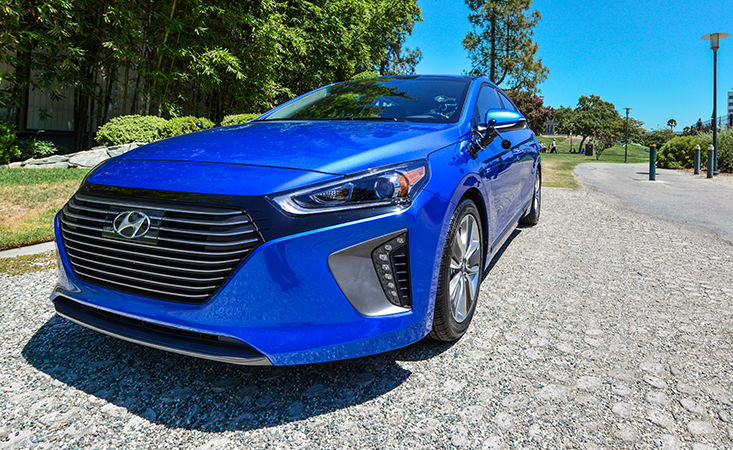
Ten million driverless cars are expected to hit the road by 2020, according to a recent Business Insider report. Google and Apple are racing to join the automotive industry. Traditional car manufacturers are investing billions of dollars in R&D.
There are many reasons to believe that the car of the future will be autonomous. If so, we should expect people to identify less and less with their vehicles. Self-driving cars will be more viable as a service than as a product, becoming as anonymous as taxis. As artificial intelligence increases, we might completely lose the ability to drive, not to mention the opportunity. Movement will be strictly algorithmic. Roads will be off-limits to humans.
Instead of eliminating the human dimension, the driver is more fully integrated into the vehicle.
However, the driverless car is not a foregone conclusion. There are technological and cultural reasons why driving may persist for the foreseeable future. Every driverless accident provokes questions about safety and responsibility. And we should remember that the self-driving car has been promised repeatedly since the 1950s, when General Motors collaborated with RCA on an autonomous car. Like roadable aircraft, the driverless car seems forever on the horizon.
What if the future of the car is not driverless? How might the car of 2020 take advantage of current technologies? How might the automotive industry evolve most intelligently? In collaboration with Hyundai and the Los Angeles County Museum of Art’s Art + Technology Lab, I’m exploring a future in which sensor technologies enhance the driver’s awareness. Instead of eliminating the human dimension, the driver is more fully integrated into the vehicle. The car becomes driverful.
I’ve dubbed this concept car the Roadable Synapse. I began the two-year development cycle by screening the neuroscientific literature, searching for ways in which to dynamically alter the driver’s psychological state based on incoming sensory data. I found that factors ranging from speed to aerodynamics could be viscerally experienced by modifying the sound environment in the passenger compartment. Further, the driver’s state of mind can be changed just by tweaking the music playing on the stereo (and it makes no difference whether the music is hip-hop or classical).

In this LACMA-produced mini-documentary, featuring Hyundai R&D engineer Ryan Ayler and me, you can see the car in action as well as scenes from the development process. Several key attributes of the vehicle are highlighted. For instance, the driver’s perception of time is altered by shifting the tempo of the music as the car speeds up and slows down. Engine power is conveyed to the driver in terms of volume. And the driver internalizes aerodynamics by way of binaural hearing: Anemometers mounted in front of the left and right doors measure the flow of air currents. The differential controls the balance of the stereo.
I’m interested in the Roadable Synapse as a vehicle for examining our relationship with transportation and with technology more broadly. Disembodied artificial intelligence is one option. Human-machine integration is another. What road will we take? I’m interested in driving the question.
Jonathon Keats is an experimental philosopher, artist, and writer based in San Francisco and Northern Italy. His conceptually driven interdisciplinary art projects, which explore aspects of society through science and technology, have been presented at institutions ranging from Arizona State University to the Los Angeles County Museum of Art to ZKM Karlsruhe. He is the author of six books, most recently You Belong to the Universe: Buckminster Fuller and the Future, published by Oxford University Press.


























